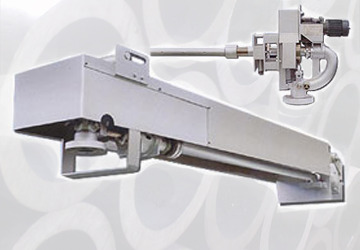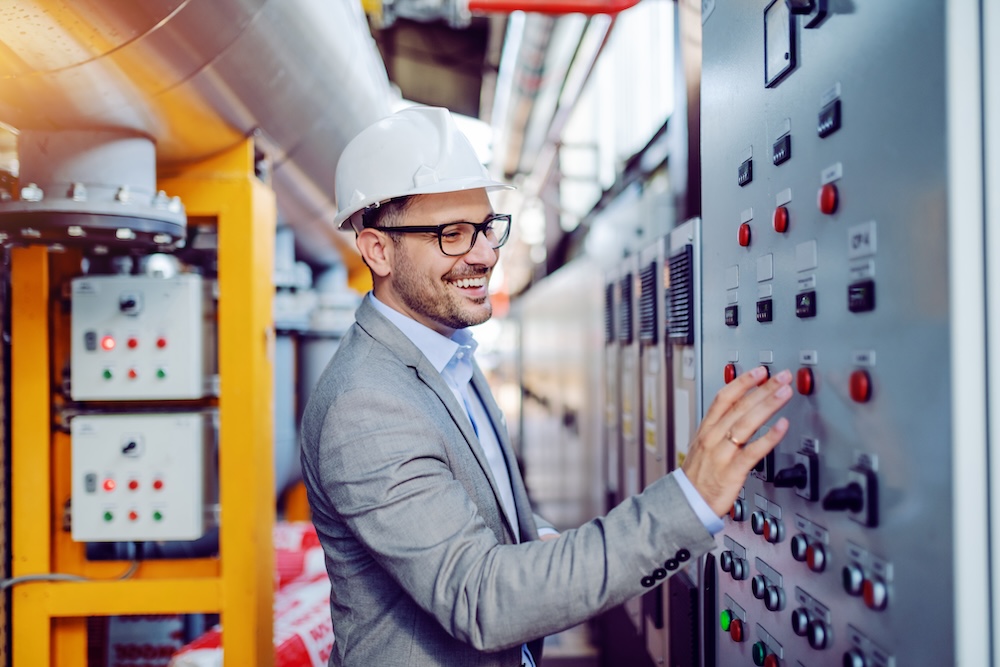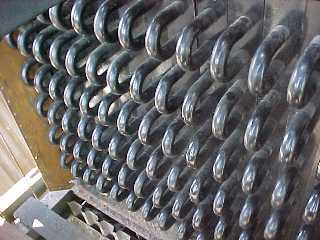
The Ultimate Guide to Sootblower Replacement Parts
Sootblowers are essential components of industrial boilers. Just like the name implies, they can remove soot and ash buildup from a boiler’s heat exchange surfaces.
Home » What are the types of industrial boilers?
Industrial Boilers America provides industrial boilers that create efficient, clean energy while increasing revenue for its customers. We work on industrial boiler projects all over the world. Read on to learn about what types of industrial boilers are out there and what the differences are.
Companies that use our industrial boiler systems are helping to increase economic, environmental, and social gains for themselves and their regions. That’s because industrial boilers use renewable energy sources to produce energy.
A long time ago, inept designs caused industrial boilers to malfunction. Industrial Boilers America uses a variety of designs to prevent this, making industrial boilers the twenty-first century standard for a safe green energy source.
Our industrial boiler designs also bypass the need for local utility boilers. This saves a lot of money for our customers.
Let’s look at some of the industrial boilers we offer.
An industrial biomass boiler provides natural carbon, reducing your harmful carbon footprint. It uses residue and waste from:
Fully automated biomass boilers run off wood residue deposited into a holding tank. Calculations pre-determine how much residue a conveyor should send from the holding tank to the boiler. This happens via computer control and a laser. This process requires little in terms of operational costs. All that it needs is a system operator for the computer.
Semi-automated biomass boilers contain smaller tanks. Therefore, they require more direct oversight. The choice between fully and semi-automated depends on each facility’s need and size.
Pellet-fired industrial biomass boilers use different types of pellets. As a result, they require much less storage space, saving money. Biomass industrial boilers can also combine heat and power.
Industrial biomass boilers are excellent for plants switching from old school energy sources like coal.
A circulating fluidized bed boiler uses higher gas velocity. It combines gas and an array of particles. This process enhances combustion reactions. In addition, this boiler collects furnace residue and recirculates it again.
The circulating fluidized bed boiler
It does all this without the need for external emission controls. Therefore, this boiler is a sound investment for large plants because of its durability in extreme conditions.
The fire tube boiler pushes hot gases through tubes passing through a sealed water container. The heat from the gases permeates the tube walls, creating steam from the water. Locomotives forged their way into history because of fire tube boilers. They have a long, well-documented duration.
Modern fire tube boilers work for different marine needs.
The water tube boiler uses an external fire source to circulate water. Fuel burns on the interior, and this creates steam. Water-tube boilers use a limited amount of water, yet another environmental plus of our boilers.
Water-tube boilers work well for pulp and paper manufacturing, refining, and steam turbine power.
Thermic fluid heaters use oil to handle high heat requirements. They are made for heat transfers without pressure. The heat transfer sets off designated work processes.
Thermic fluid heaters benefits include:
Thermic fluid heaters provide green efficiency for gas processors, solar thermal power plants, and storage tank installers.
A waste heat recovery boiler recovers heat waste from industrial processes and machinery. Unfortunately, heat waste is a big problem. It escapes through things like flues and pipes. This costs a lot of money, and it prevents efficiency, too.
One of the best places for this boiler is right above heat-generating equipment. The steam derived from this boiler activates electricity-producing generators. Once the waste heat recovery boiler’s installed, the heat waste can be used for:
Industries that use cement, non-ferrous metal, and steel maintain high environmental standards with a waste heat recovery boiler.
One thing we hear from a lot of customers is, “Why didn’t we make this switch sooner?” We always say the important thing is that you’re doing it now.
Industrial Boilers America works with biomass businesses across the world with all different types of industrial boilers. Our energy source alternatives help fill the need for higher environmental standards domestically and internationally.
Find out more about how our energy solutions meet the demands of twenty-first-century environmental and social responsibility. Save money by reducing your carbon footprint by calling us today for a free quote!
At Industrial Boilers America, we lead in providing the development, licensing, and deployment of Industrial Power plants. We partner with other leaders of communities and governments to foster long-term relationships that create sustainable energy, jobs, and social responsibility. Our philosophy that sustainability should be rooted in the betterment of the ecosystem rather than profit allows us to provide services that will enable our partners to reinvest in themselves, resulting in a sustainable community.

Sootblowers are essential components of industrial boilers. Just like the name implies, they can remove soot and ash buildup from a boiler’s heat exchange surfaces.

Boilers provide essential heating and steam generation for industries ranging from power production to manufacturing. To ensure safety, efficiency, and functionality, rely heavily on sophisticated

Industrial boilers are essential for keeping the world moving. Understanding the critical industrial boiler parts ensures efficient operation, safety, and longevity of equipment. Main Industrial